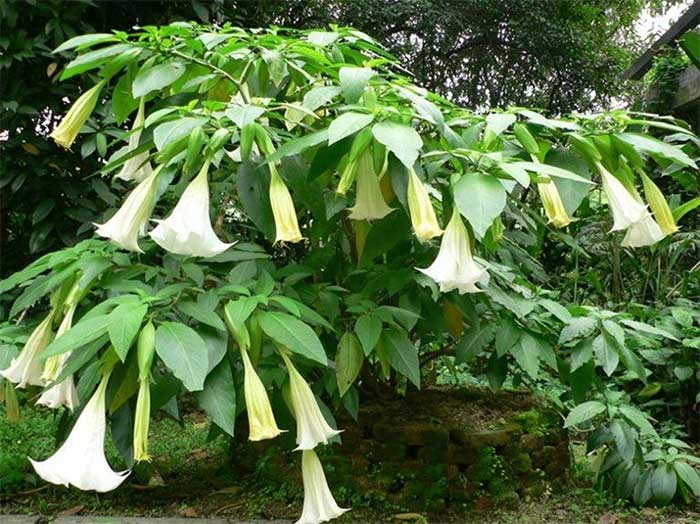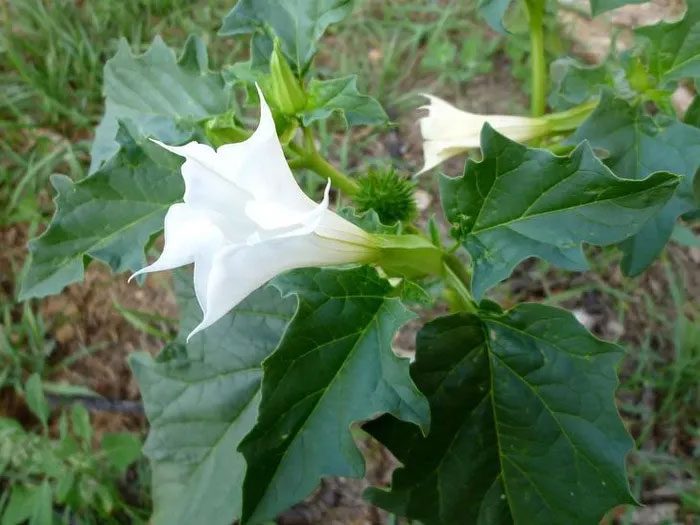In the world of flowers, many species are stunningly beautiful yet harbor unimaginable dangers…
Datura (also known as “Deadly Nightshade”) is recognized as one of the most dangerous plants in the world. Its beautiful flowers and unique medicinal properties have attracted widespread attention globally, classifying it under Group A toxins.

Datura plant.
The Datura plant originally appeared in South America and was later introduced to other regions. Its flowers are colorful, fragrant, and highly alluring. However, its external beauty conceals its dangers.
All parts of the Datura plant are toxic, including the leaves, flowers, and fruit. Its toxicity primarily comes from various types of biological alkaloids, including Datura alkaloids and atropine. These alkaloids are widely used in medicine and secretive religious rituals, but if misused, they can cause severe poisoning or even death.
The toxicity of the Datura plant affects many systems in the body. Its alkaloids can be inhaled through the respiratory system, causing a burning sensation in the throat, difficulty breathing, and coughing. If they come into contact with the skin, these alkaloids can lead to allergies, itching, and swelling.
Consuming the fruit or parts of the Datura plant often results in severe poisoning symptoms, such as dizziness, hallucinations, dilated pupils, increased heart rate, gastrointestinal issues, and many other symptoms.

Datura is one of the most dangerous plants in the world.
Despite the significant dangers posed by the Datura plant, it is still regarded as a sacred plant in some cultures. It is important to note that the beauty of the flower and the allure of the Datura plant can lead people to overlook its dangers.
Many individuals neglect to protect themselves while admiring the flowers and inadvertently come into contact with parts of the plant, leading to poisoning. For the average person, it is best to avoid contact with the plant and its parts to prevent accidental poisoning.
Datura is one of the most dangerous plants in the world. Despite its appealing beauty, its medicinal properties present a significant risk. People need to enhance their understanding of it, raise awareness about the risks, and be cautious to avoid contact in order to protect themselves and others.


















































